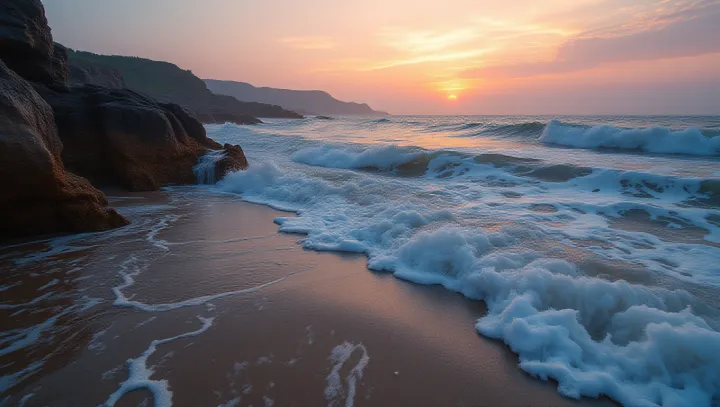Shifting Shores: A Global Perspective

The coastlines of the world are subject to perpetual change, influenced by both natural processes and human activities. From the cliffs of Dover to the barrier islands of the United States, shores are being reshaped at an unprecedented rate. Coastal erosion, largely driven by rising sea levels and increased storm activity, poses significant challenges.
Human interventions, such as urban development and industrial activity, further exacerbate these changes. Dr. Emily Shore, a coastal geologist, notes that 'the impact of human activities on coastal environments is profound and necessitates urgent attention.' Countries like the Netherlands have embarked on ambitious projects to protect their coastlines, employing innovative techniques such as sand nourishment and barrier construction.
Similar efforts are observed across Asia and the Americas, where governments are grappling with striking a balance between development and conservation. The rapid transformation of coastlines has broad implications, affecting biodiversity, local economies, and climate patterns. Experts stress the importance of sustainable management practices and international cooperation to mitigate adverse effects on these pivotal ecological zones.
The dynamic nature of coasts demands a proactive approach in policy-making and community engagement. As Dr. Shore concludes, 'Understanding and adapting to the changes in our coastal areas is not just a local necessity but a global imperative.'.
